Taco Coupe: High schoolers unfolded a Ford into this hot rod racer
Take a look at this coupe. If it looks unpolished, it’s because the hunk of metal has had one heck of a life. With the help of a dozen students, Charlie Hascall, a high-school welding and fabrication teacher in Dayton, Oregon, created this vintage-style drag racer in a single summer from little more than a wad of sheetmetal.
The coupe first came to Hascall’s attention when a friend purchased it for yard art. The car, a Ford from 1933 or 1934, had been burned and bent into a pile of scrap. Everyone else had given up on it; no one even considered the car as a project. Whatever skid steer or tractor had been used to push the burned hulk to its resting place had crumpled the Ford’s original floorboards so much that the rocker panels were touching.
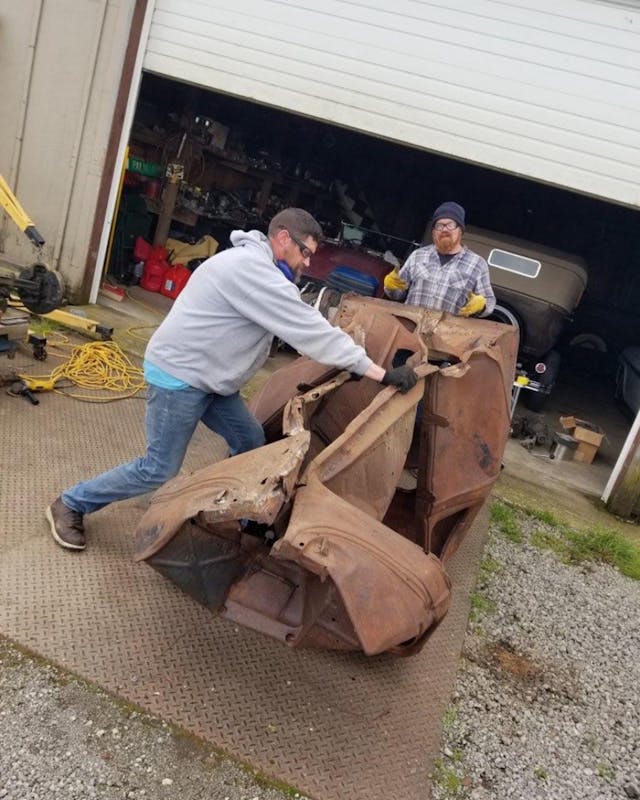
Though Hascall has been a fan of traditional hot rods for decades, he had never owned a ’33 or ’34 Ford coupe—one of the most popular (and most coveted) hot rod foundations. While his friend was pretty intent on keeping the shell of the coupe and displaying it as-is, Hascall stubbornly insisted on a more productive course of action. There were far too many salvageable pieces to keep the rusty hulk lying around the yard. His friend relented and sold Hascall the car.
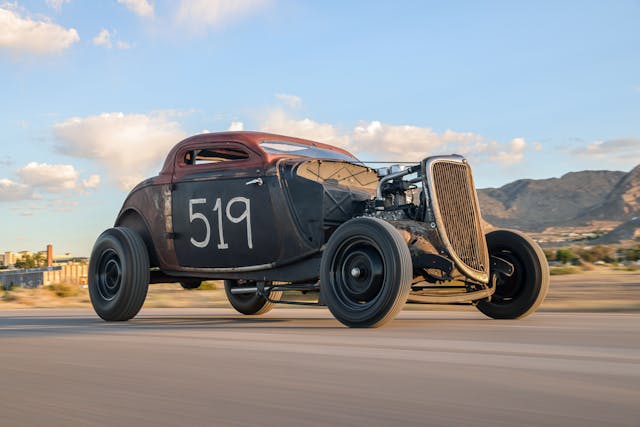
Hascall has taught a welding and metal fabrication class at western Oregon’s Dayton High School for five years. He thought that the car would provide a great lesson on bodywork, allowing him to show the students a practical application of his lessons on cutting and separating spot welds. Like a hunter salvaging the backstraps off a buck that had a run-in with a Peterbilt, Hascall and his students would butcher the car and save the best parts: the B-pillars, firewall, and cowl vent.
With the body shell placed in his classroom, Hascall used a piece of chalk to sketch out some proposed cut lines on the car. Before anyone made a cut, some students began to wonder if the Ford had more potential. Soon, they were asking Hascall if it could be built into a race car. This was in June of 2022, which meant school was almost out for the year, but the idea of resurrecting the car took root. Hascall and five students decided to spend the summer pounding the beat-up panels back into something resembling a car.
In a matter of weeks, students had cut off the worst of the bashed metal. They used hammers and elbow grease to bang some shape back into them. “The quarters were kind of looking like quarter-panels again,” Hascall said.
Hascall drove south to visit the Pomona Swap Meet and scour the sprawling asphalt bazaar for original parts to complete the project by summer’s end. He was able to secure a frame, a grille, and a trunk lid. He also caught leads on roof pieces, that happened to be located in Oregon, from a two-door sedan of the same vintage.
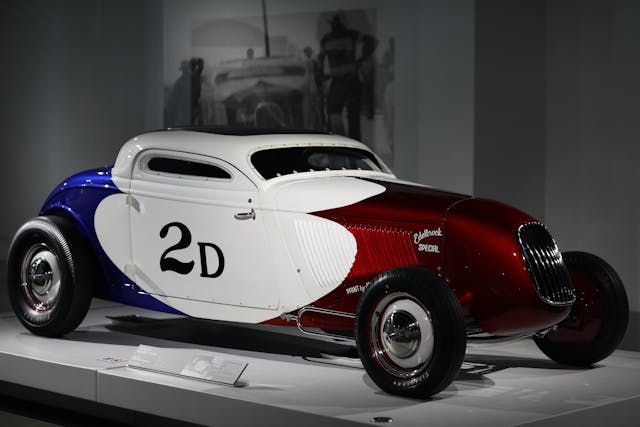
Hascall and his students worked on the car the entire summer, putting in hours of reconstruction work each day, even on weekends. By the time school started in September, the car was all together and they’d chopped the roof. The group took inspiration for their build from the Pierson Brothers coupe, a radically chopped two-door of hot rod and vintage land-speed-racing legend.
Echoing its iconic influence, the Taco Coupe’s windshield was raked back dramatically to meet a much shorter roof, itself cut down at the B-pillars. In the case of the Pierson Brothers coupe, the chop helped optimize aerodynamics by reducing the racer’s frontal area and reducing drag. (Less drag means more speed!) In addition to giving the Taco Coupe a proper land-speed look, the aggressive chop had practical roots: “We didn’t have enough metal to make the roof any taller anyway,” Hascall admitted.
During the build, Hascall became friends with Tommy Secora, who brought the long-lost Omaha Coupe back to life. Since the Omaha Coupe was also inspired by the Pierson Brothers coupe, the two talked about the best way to give the car the proper look of a late-’40s hot rod.
In-progress photos of the car began to spread on social media. In early October 2022, Hascall got a call from Mel Stultz, organizer of The Race of Gentlemen (TROG)—a traditional hot rod and motorcycle event focused on heads-up racing. Typically held on the shores of Wildwood, New Jersey, TROG’s 2022 event was canceled after a storm surge flooded the beach. To fill in for the canceled festivities, Stultz organized the Flabob Airstrip Drags in Riverside, California.
With just over two months to go until the event, Stultz invited the Taco Coupe to be a guest of honor. Hascall was thrilled at the opportunity, but the timing seemed tight. There was still so much to do on the car, and neither Hascall nor the students were willing to compromise their vision: a hot rodded ’33 or ’34 Ford as it would have been built after World War II.
The coupe still needed an engine, but Hascall had an ace up his sleeve. Years ago he had purchased a 286-cubic-inch, 24-stud flathead V-8 topped by Offy heads, a Thickstun PM7 intake, and a pair of Stromberg carburetors—performance goodies from brands trusted by any hot rodder. The engine has a racing pedigree, and its lumpy camshaft speaks to that history.
Like every other aspect of the build, the engine proved an object lesson for the students: Hascall taught them the fundamentals of how the flathead engine design works. Theirs is still running a points distributor—an old-fashioned way to provide spark to the fuel-air mixture in each cylinder—so the students learned how to sand the points and use a feeler gauge to set the gap. Hascall and his students even made the headers—the beginning of the exhaust system, where it sprouts from the engine block—for the car.
Hascall wasn’t about to go to The Race of Gentleman without his students. He had always funded the car’s parts himself, but he couldn’t pay for all the students’ travel expenses. Hascall and his fabrication students got some help by enlisting students from the high school’s business class to draft a business plan to help pay for the trip by selling shirts, hats, and other merchandise featuring a logo of their own design. The school and community rallied behind the idea, loaning the students the money required to make the trip to Riverside.
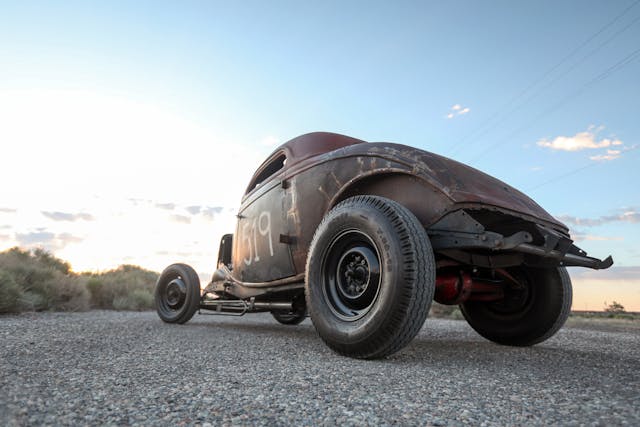
The first week of December, in the same calendar year that Hascall and his students had started building the car, the kids flew to southern California while Hascall trailered the car down. Three chaperones and 10 students—five from Hascall’s fabrication class, and five from the business class—attended the races in which the car participated. The Taco Coupe was a hit, drawing a crowd and winning five of the six rounds of racing in which it ran. The punchy flathead was doing its job, and Hascall seemed to have the knack for driving it, but the car sheared an axle key on its last pass. That put an end to what was otherwise a winning outing.
The Riverside event was a big success and, thanks to the sale of their merch, the students recouped the cost of the trip and paid back their loan.
“The kids were just in heaven. They didn’t understand that it would be that popular.” —Charlie Hascall
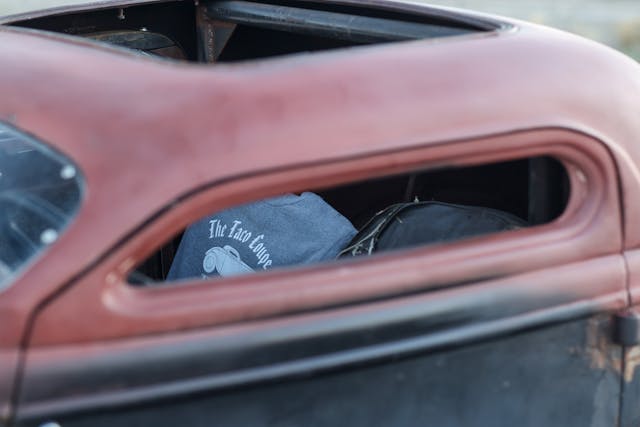
When they began helping out on the project, most of the students didn’t even drive. Now, some of them have some seat time with the Taco Coupe, though not in competition: “They got a real feel for how cars were before there were rubber bushings,” Hascall said. When they got their hands on the old parts for the first time, things were gritty, stuck, and corroded. Now that everything is properly reassembled, the Taco Coupe is working great and just needs regular lubrication and maintenance.
Racing the coupe is a bit of a challenge, although by the time we met Hascall at Speed Week 2023 he seemed to have it down pat. With such a gutsy engine and a low rear-axle gear, the car doesn’t have trouble leaving the line. “I try to hardly use first gear,” Hascall said. “It has so much power [the car] will wheel-hop.” Shifting into second gear, Hascall slips the clutch a bit and then just floors the gas, and the eager flathead hits third gear by the time the eighth-mile race is over, running in the high 60s (mph) on the dirt. “We were sidewinding the whole way, and I never let up,” Hascall said of the car’s race performance.
The 48-inch hairpins, which Hascall bought at the swap meet at the RPM Nationals, give the original Dago front axle nine degrees of caster without having to drop it too far. Hascall notes that the Ford can “feel like a funny car if you hit a bump at low speed,” although compared to Hascall’s other Ford hot rod, the Taco Coupe is a bit heavier and also has a longer wheelbase, so it’s also a bit more stable.
Three of the students who worked on the Taco Coupe have since graduated high school. Some of them hope the car will stay as-is, but Hascall tells us he might smooth out some of the wrinkles or perhaps give the Ford a traditional-looking paint job.
There’s also one more modification that Hascall is considering that wouldn’t alter the car’s looks too much: “I’d like to see the car get a quick-change [rear end],” Hascall said. The gearing is set up for eighth-mile racing, and he’d like to be able to dial in the car with the gears and the tire size to get the best performance at the track with the flexibility to easily swap gears for the street.
Hascall saw potential where others saw folded-up junk. But it was his students who dreamed big and envisioned an entire car. Because the school board and community had faith in the project, the Taco Coupe became not only a lesson in hands-on tech and hot-rodding history but also an exercise in business and marketing. Our hats are off to Hascall and the many students who put their hard work into this kick-ass project. Hopefully, the Taco Coupe and its story can inspire future educators to get their students’ hands dirty. Oftentimes, that’s what it takes to bring history back to life.
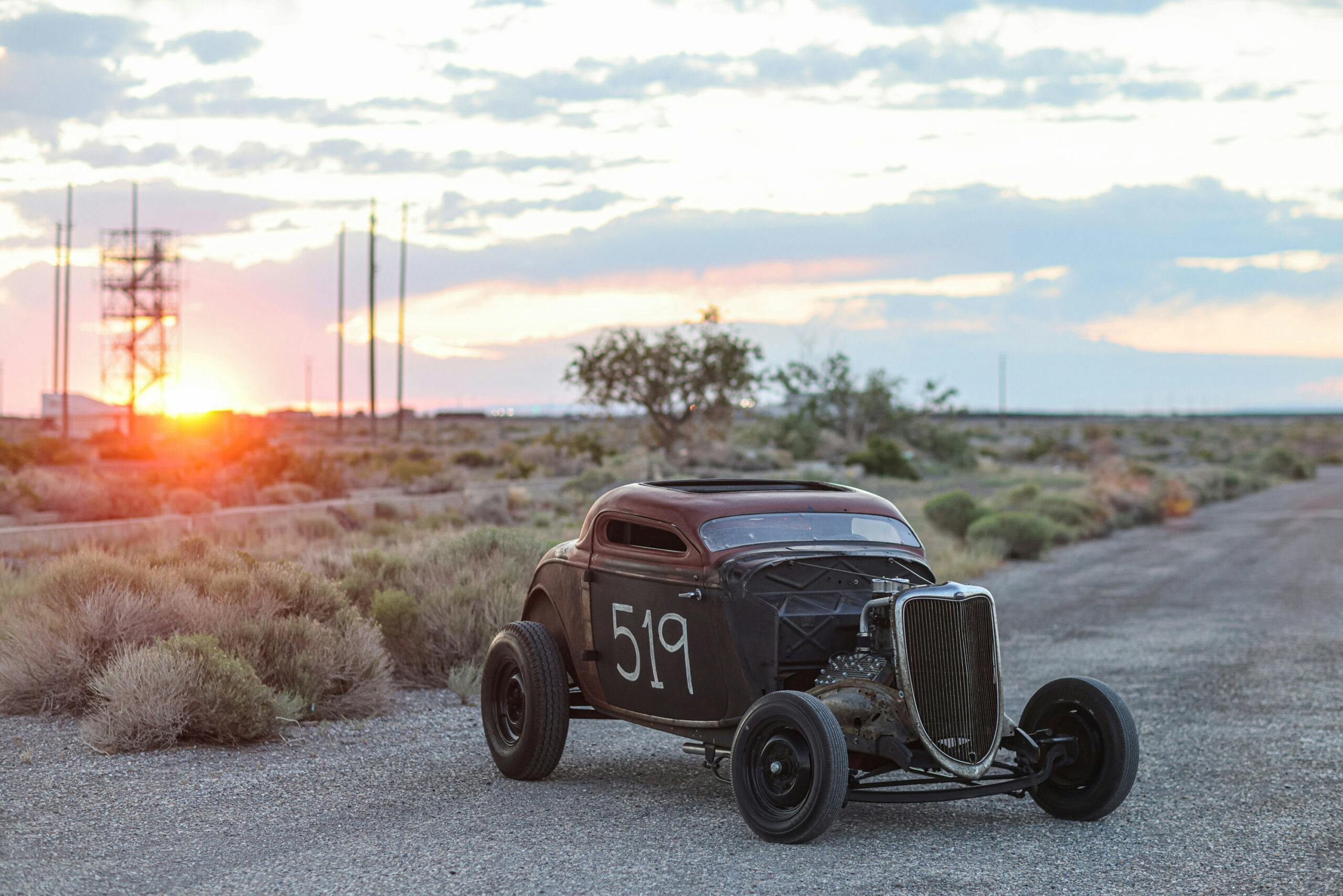
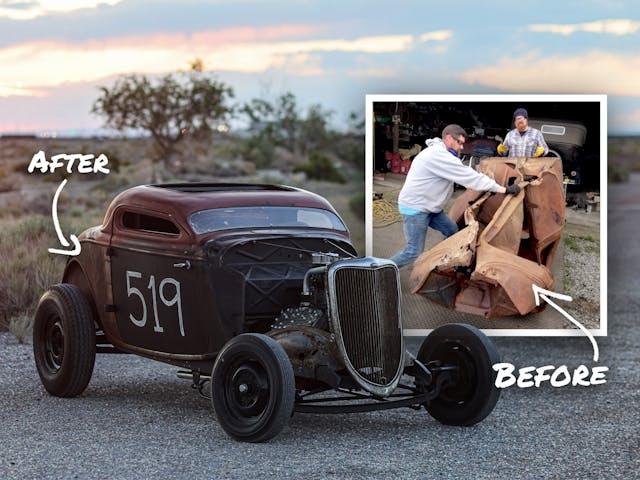
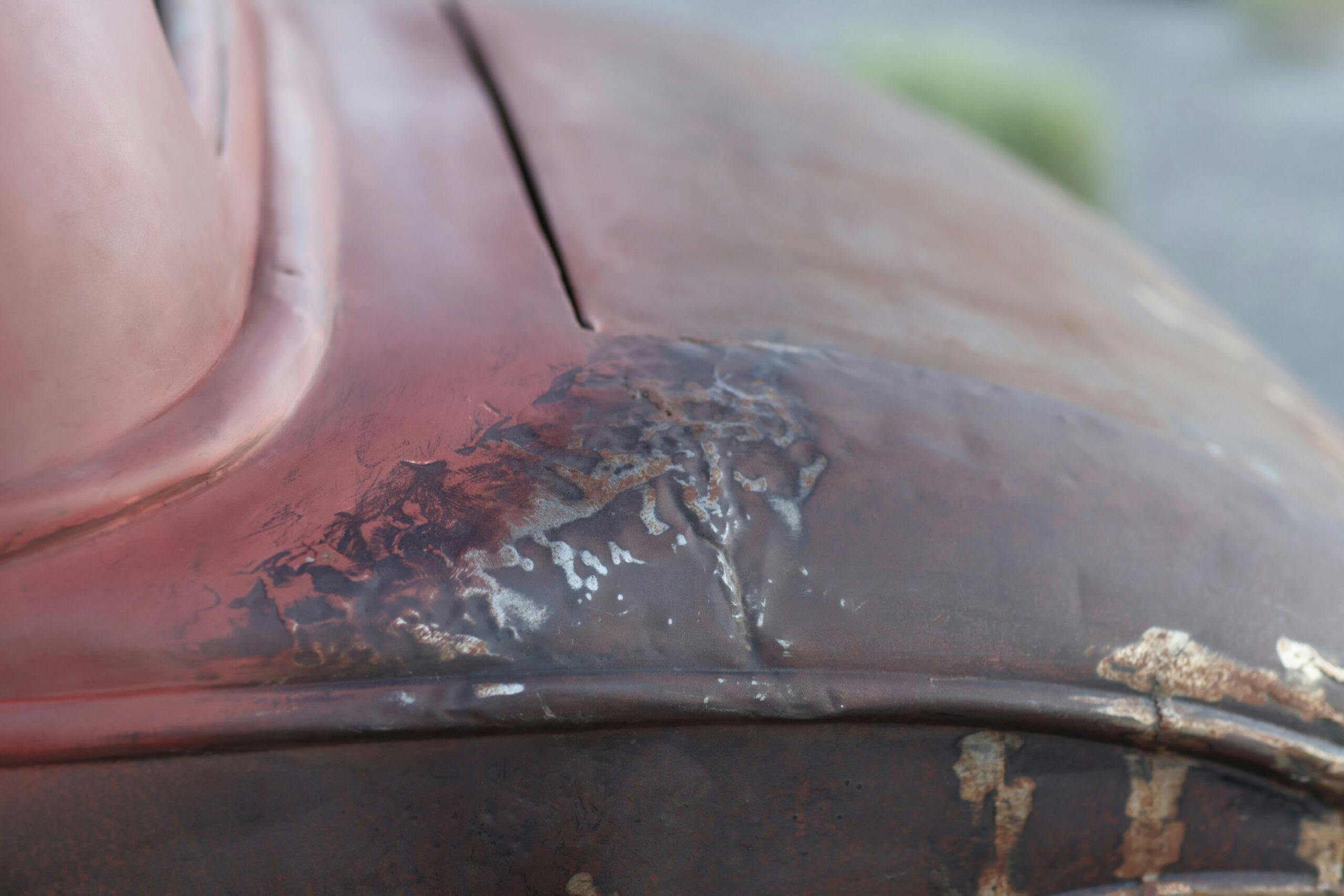

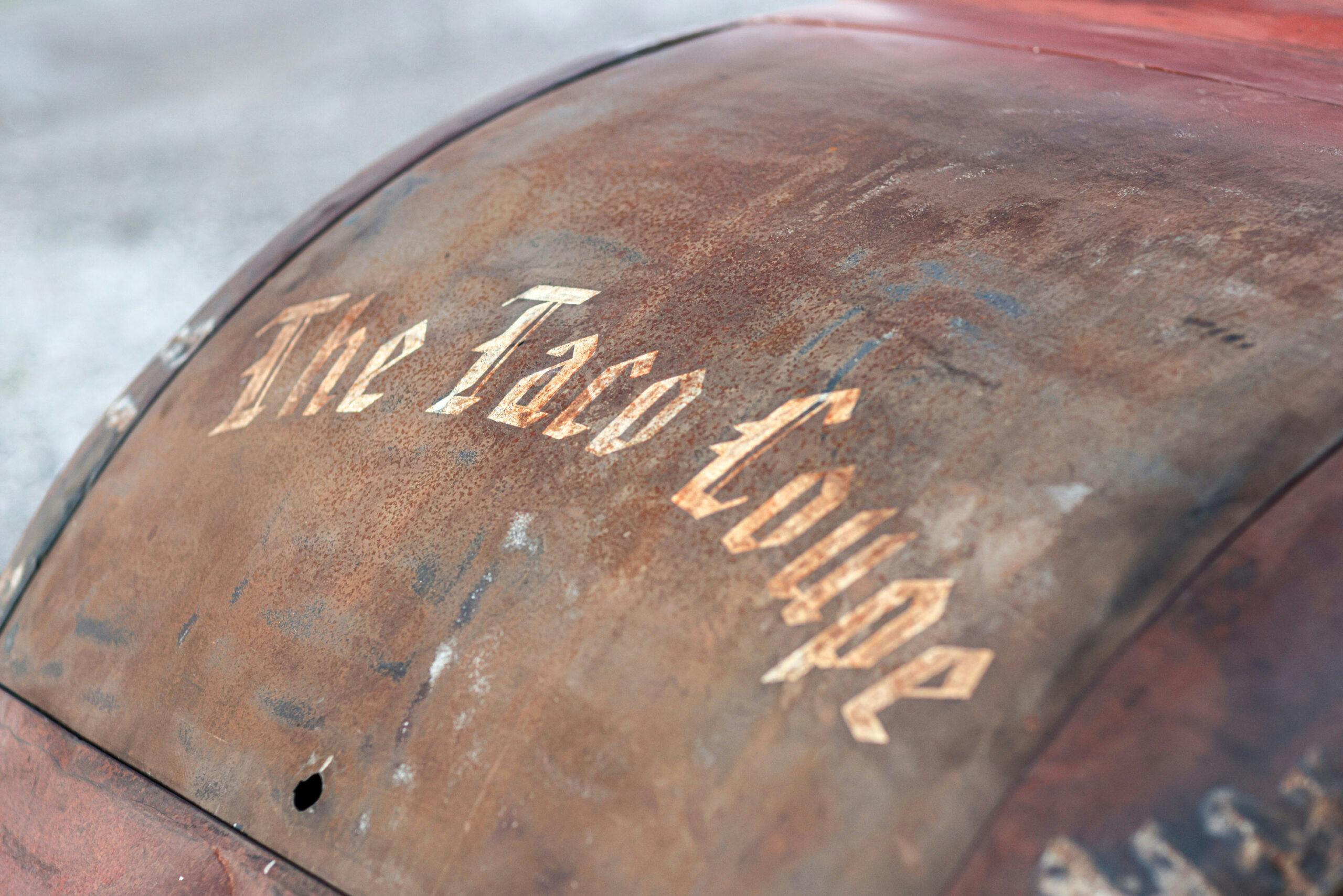
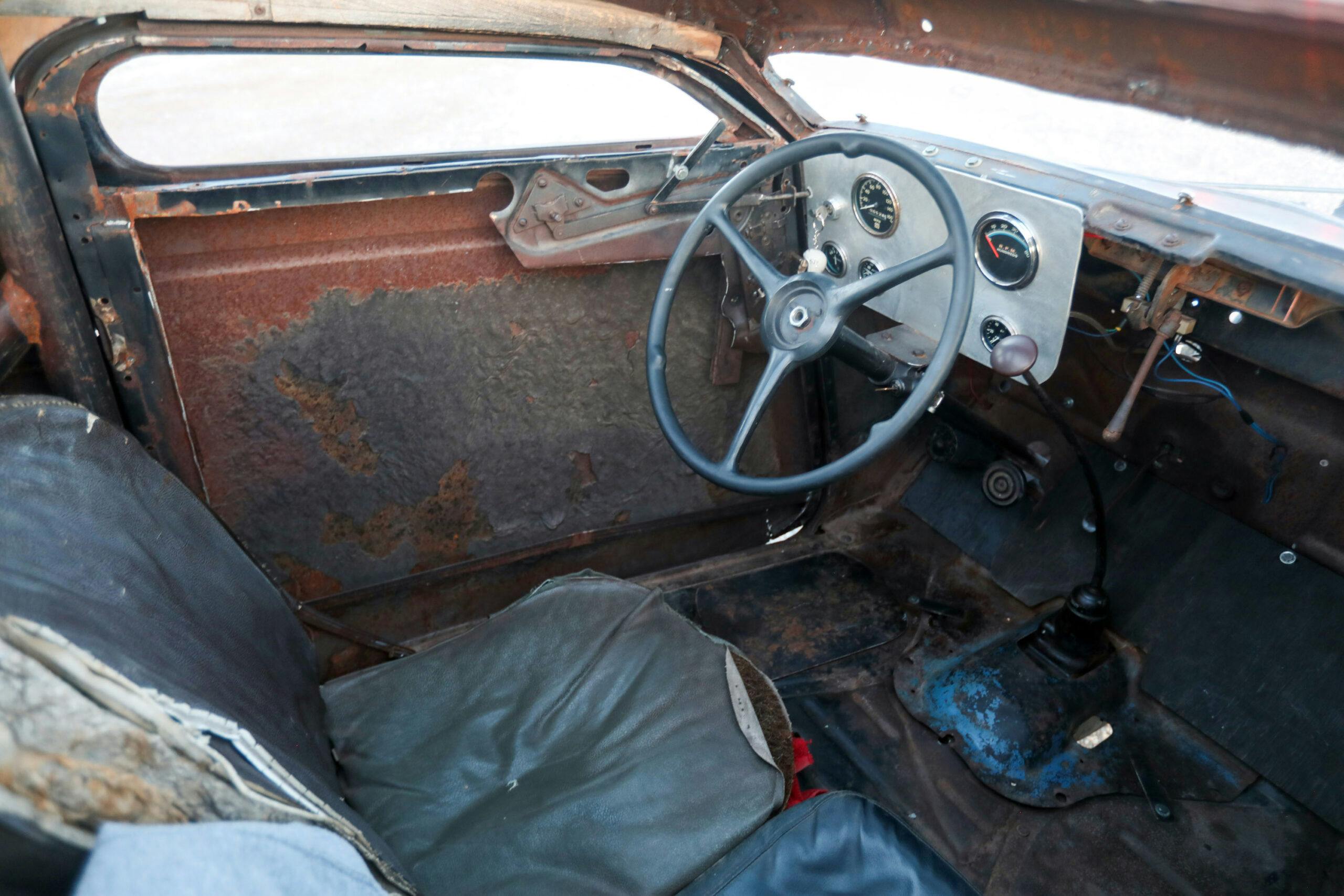

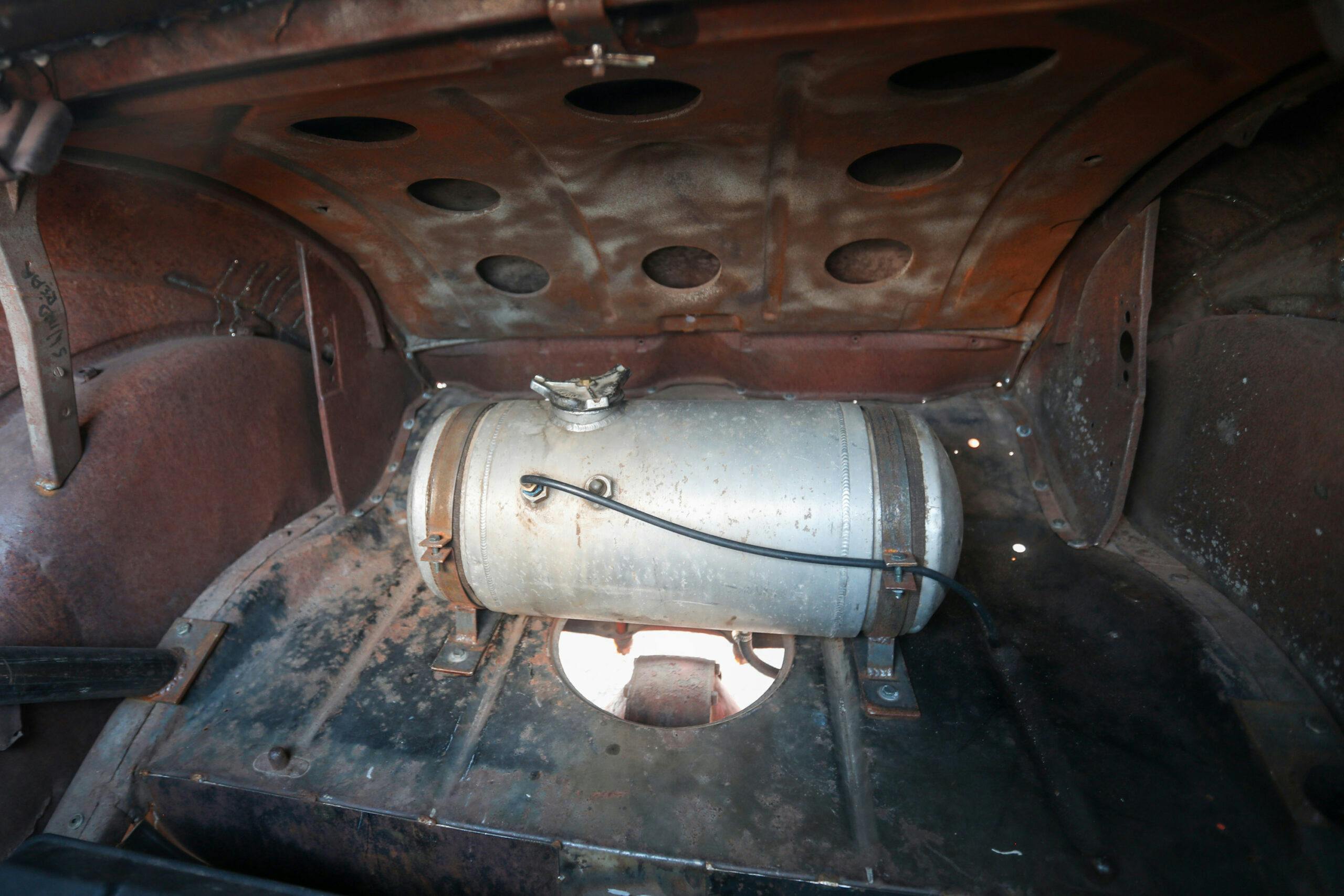
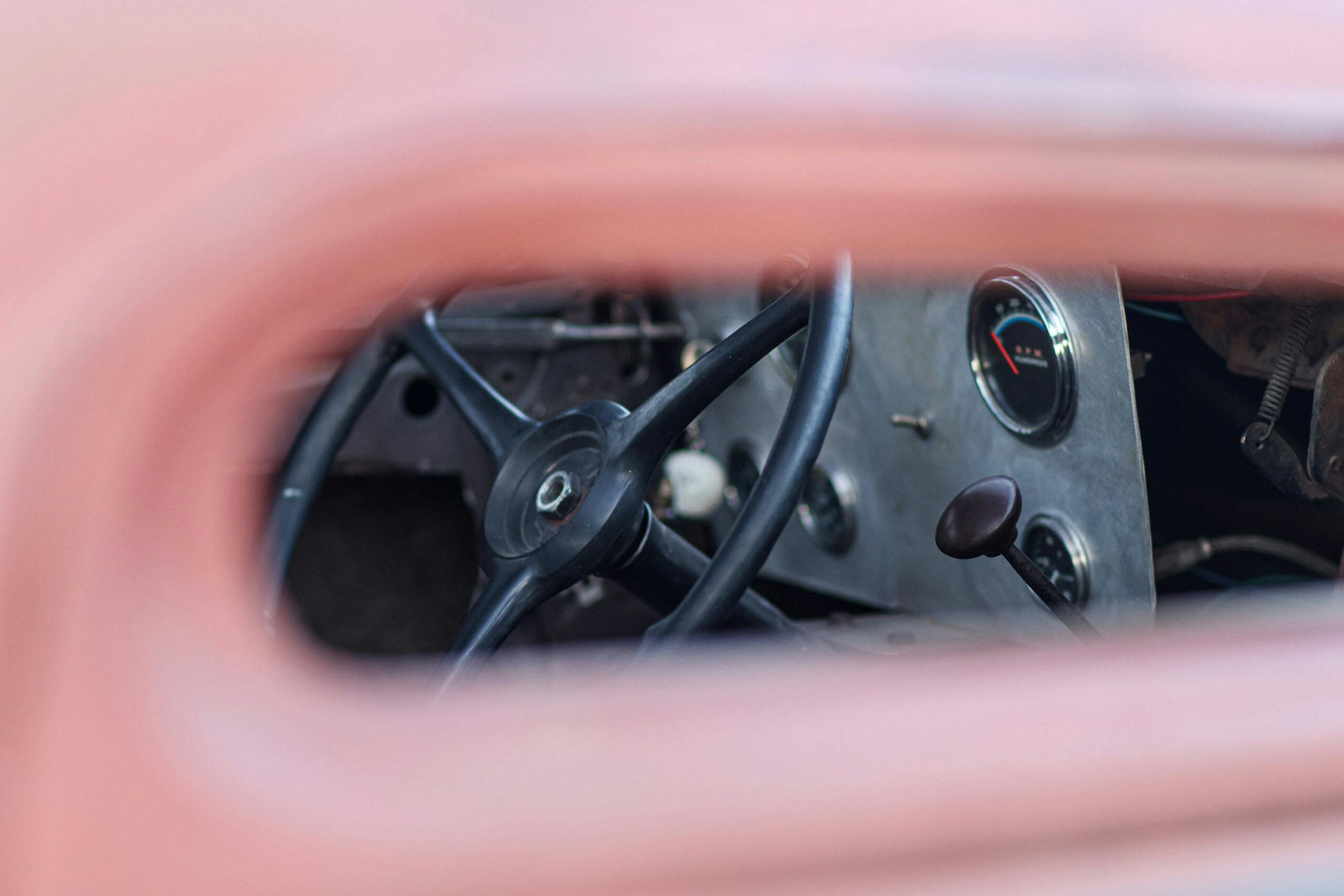
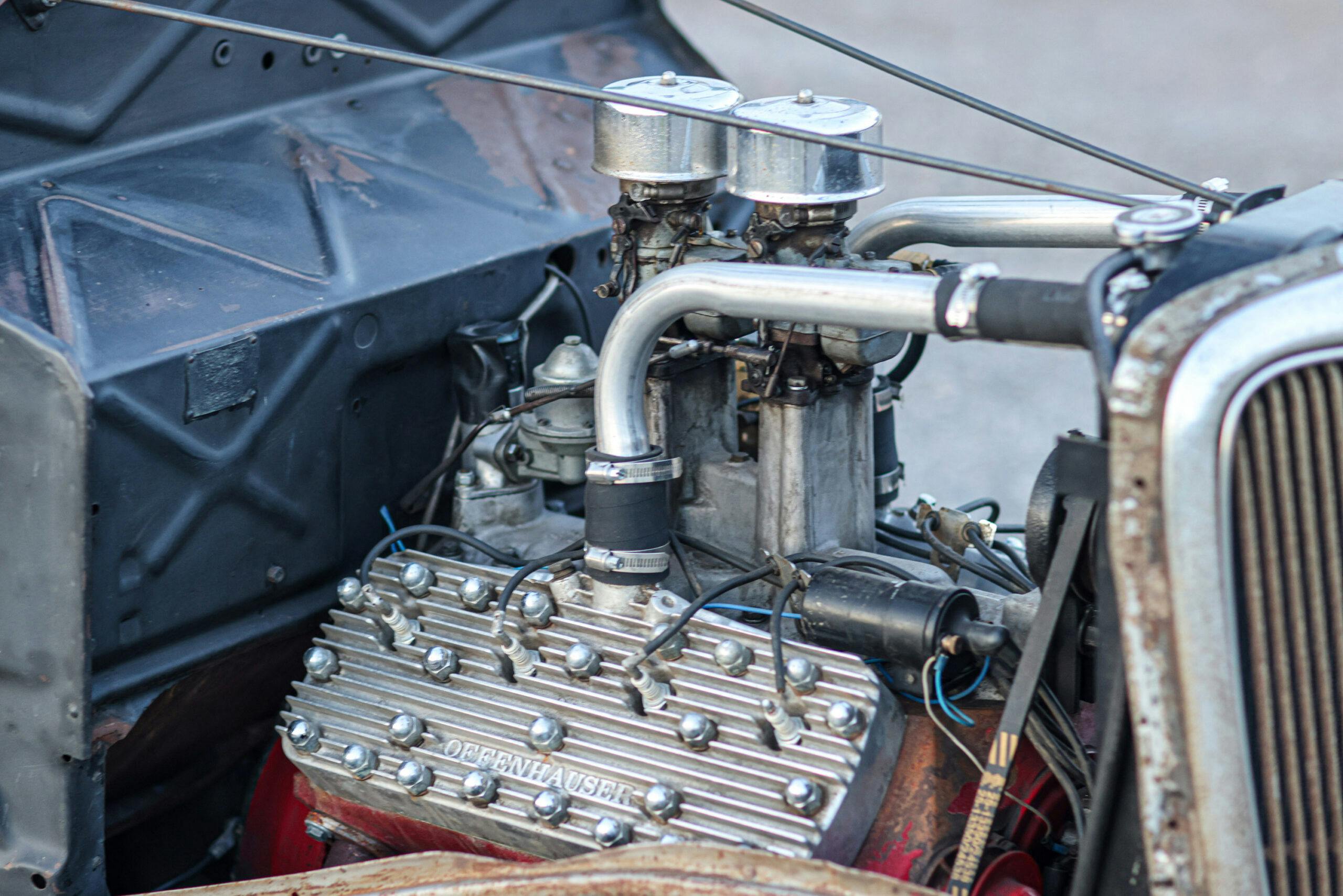
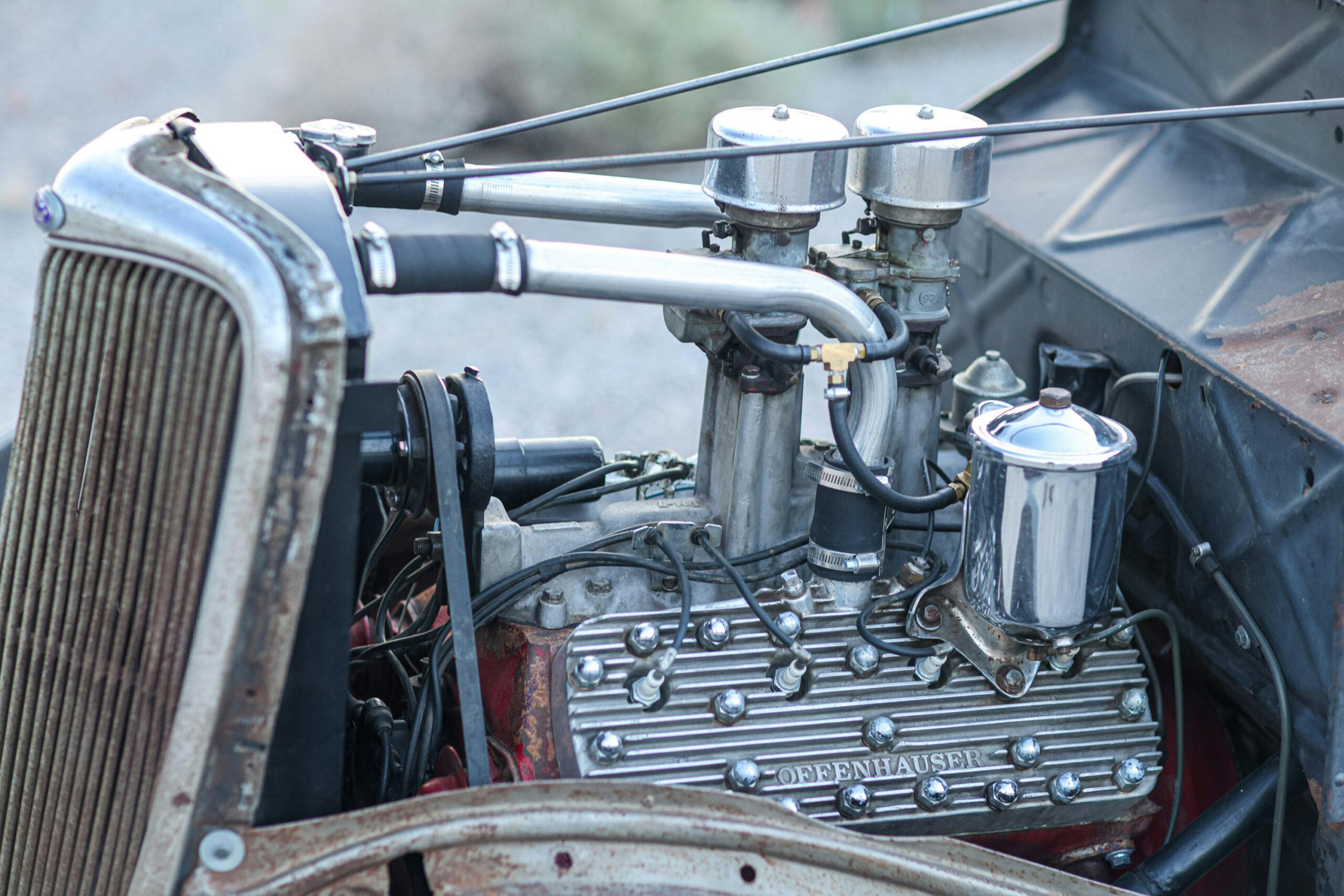
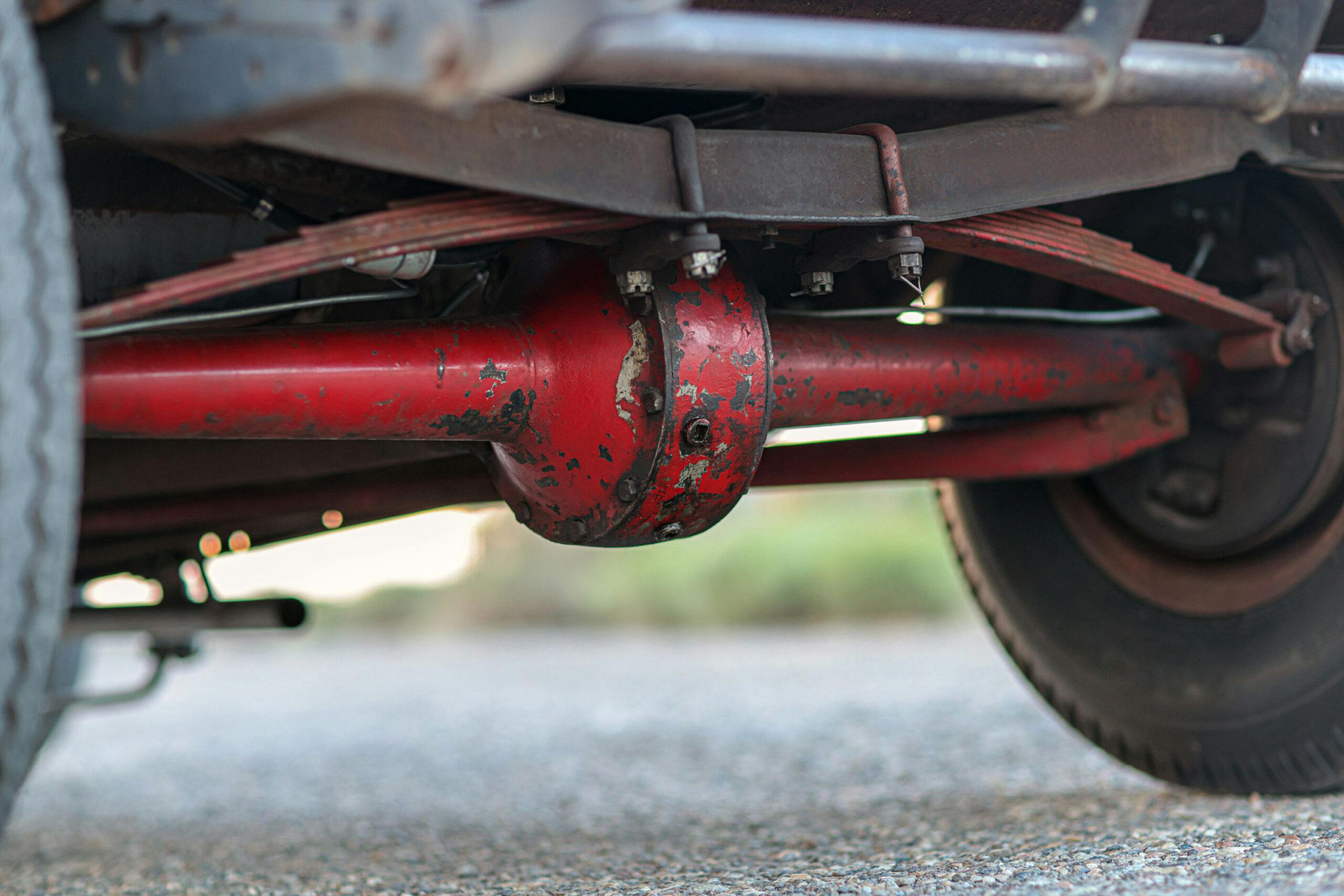

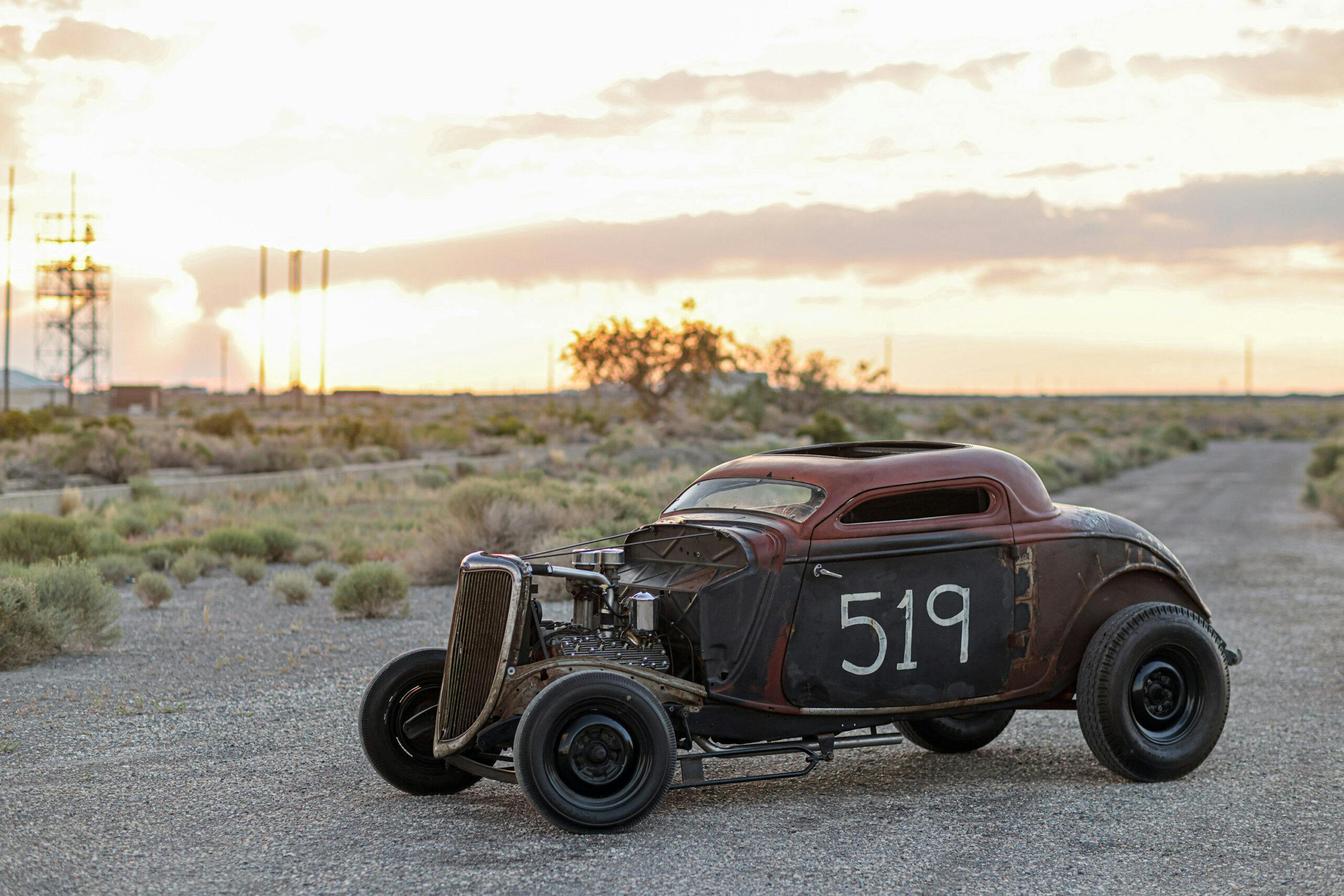
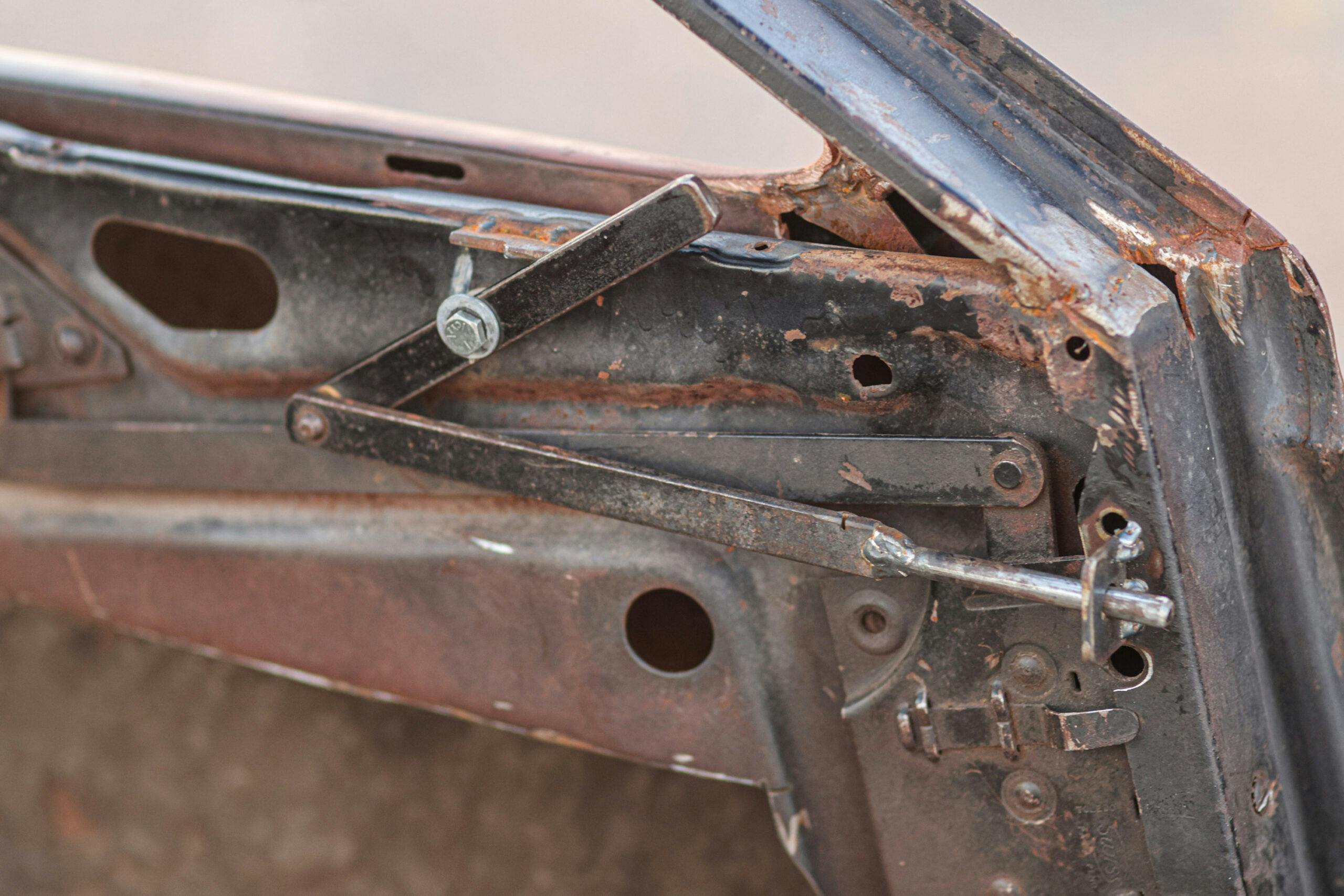

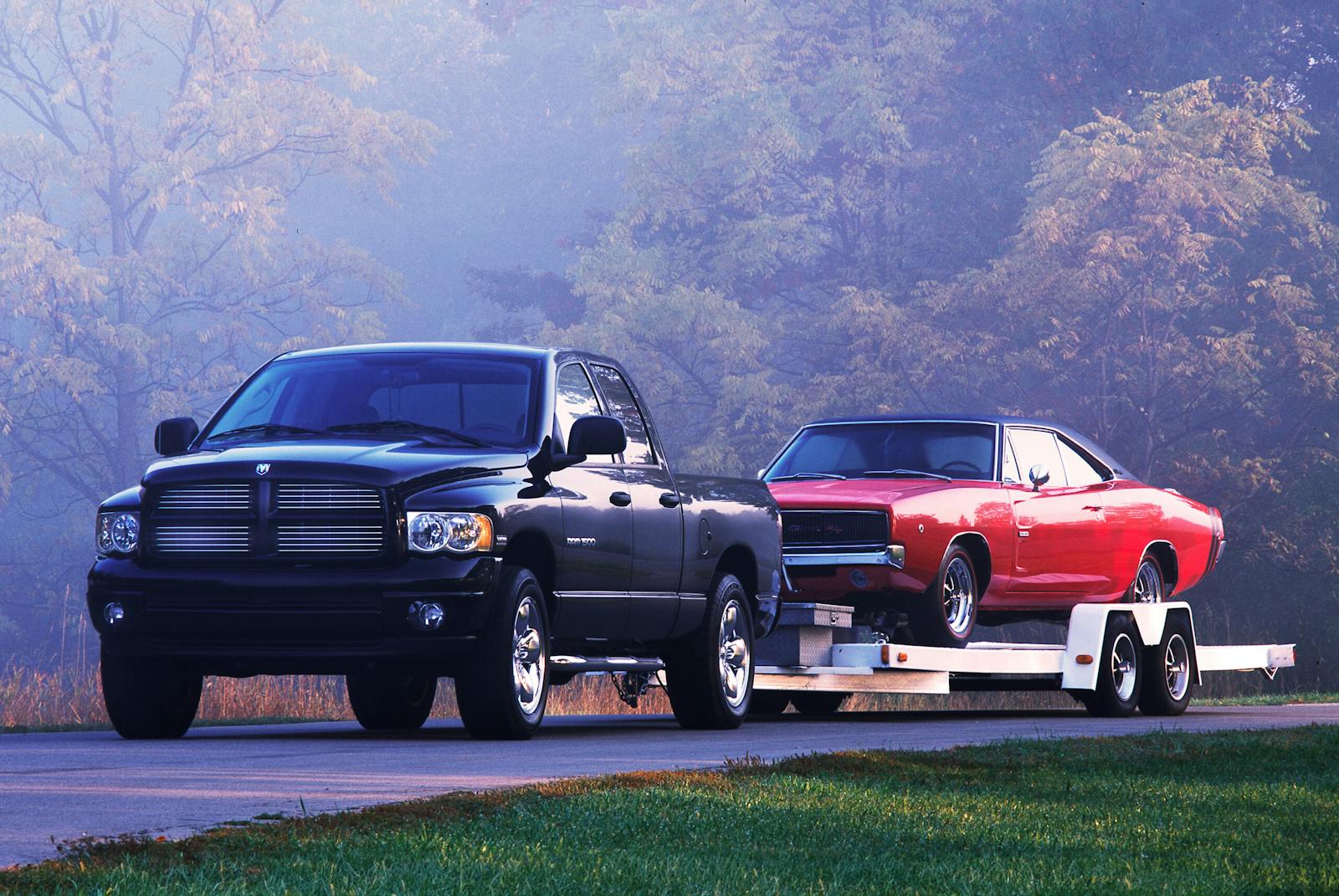
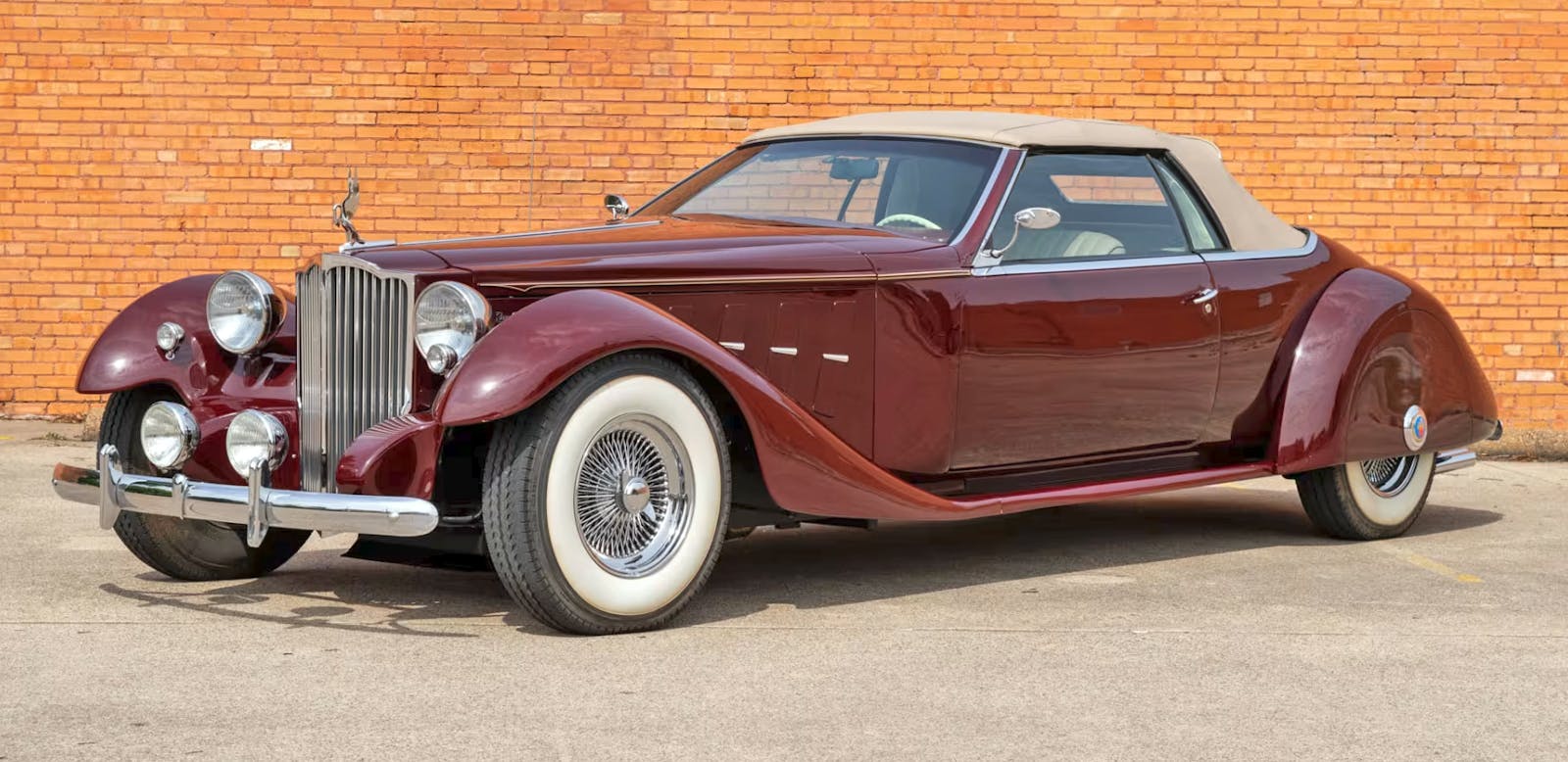
There’s hope!! Congratulations to the students and instructor. Well done.
I loved this story about the taco coupe! It was a huge undertaking to say the least. Am so glad there is a future in traditional hot rodding. These students and Hascall the teacher have made lifelong memories,Well Done 👍
Well, that is just too cool…
Love this story and I’m glad to see these teens getting into the old school cars
I love it! Too bad we pay all the school taxes and it’s all about games and kona ice cream trucks. Our children are our future! We need more real world teaching and less purple hair and drama! Who’s going to work on our cars when we get old??? I’m 40 btw.
Although my wife hates the forty sum odd tshirts I have I would gladly take one more if possible
I’m not a particular fan of the patina trend, but in this case it makes perfect sense. It speaks to the body’s journey. This is also an object lesson to those who declare any car not worth restoring. You may need more than one to complete the project, but redemption is a wonderful thing. Perhaps if I’d taken a shop class way back when I wouldn’t be worthless as a mechanic now. Kudos to Mr. Hascall.
Great story about some motivated High School students learning some real life skills which will stay with them for the rest of their lives and what an inspiring Teacher. I do see a lot more natural “barn find” cars at our local car shows and I enjoy them. It allows car lovers to show off their classics without spending a lot of money. The patina looks fine to me but I also love the full blown show cars too.
We’re all here because we love cars! I just hope we can still drive them for many, many more years. Keep up the good stories!
As the ‘old guy’ who tries to teach kids which end of a screwdriver does what, I am thankful that this teacher took time during the summer to share his project with these kids. No, it might not be perfect, but hearing your creation rumble to life and driving it are memories that even time cannot erase in the minds of these kids. Thank you to all that display this kind of love, appreciation and patience in this abundance in this time in which we live. If we don’t suck it up and learn patience to pass down our skills then we will truly go the way of the dinosaur. Trust me, once you see the light switch go off in a ‘kids’ eyes that they understand what you are teaching them, you will never want for anything other. Even better, teach them on your Dad and Granddad’s tools; add more prints to the legacy.
What a great story and life lesson for the students that will stay with them forever. Kudos to the auto shop teacher for showing the students what team work is all about based on old school way of working as a team from start to finish. I wish I could’ve made it to the Flabob drag event as I only live 6 miles away (I was out of town). More schools need to maintain auto shop classes so students can learn basic automotive skills that will stay with them forever!
I would like to buy a shirt if they are still available. Great story.
Fantastic effort to the teacher And students.
And I would love to buy some shirts!!
I love this story. This is what happens when kids put down the video game controller and look up from their phones. I can only imagine the sense of pride these kids got when they were congratulated on their efforts at the Riverside show. From the condition they started with, that car is nothing short of remarkable.
Great story. The Teacher shows how much he cares about his students, a true life lesson for all. Congrats.